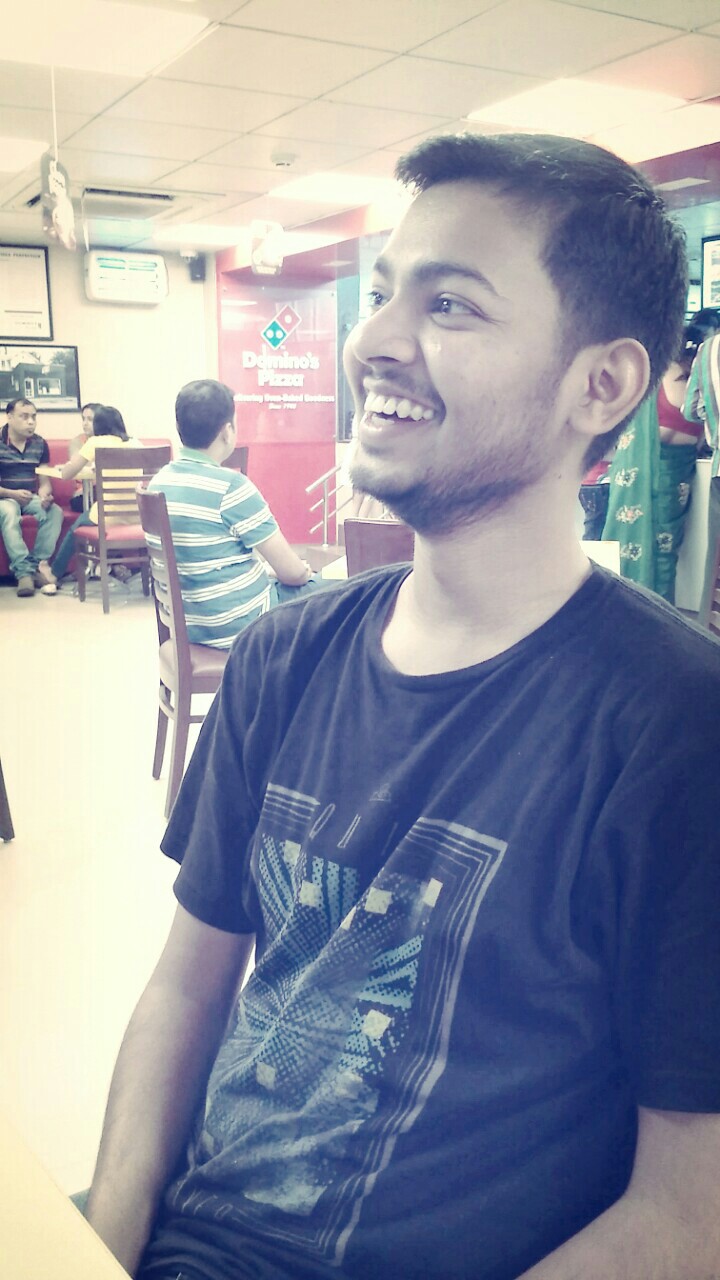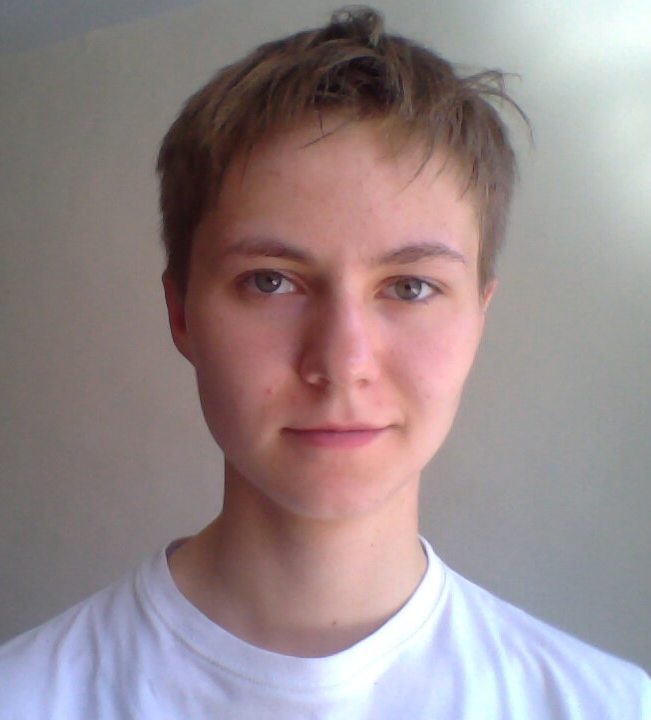 This is the first post in our blog series about Google Summer of Code 2017 students working on NumFOCUS projects. (Part 2, Part 3, Part 4)
This is the first post in our blog series about Google Summer of Code 2017 students working on NumFOCUS projects. (Part 2, Part 3, Part 4)
NumFOCUS is proud to introduce our Google Summer of Code (GSoC) 2017 students to the community. Altogether we have 52 students participating!
- MDAnalysis (1 student)
- Data Retriever (1 student)
- Matplotlib (2 students)
- FEniCS (2 students)
- PyMC3 (3 students)
- Gensim (3 students)
- AstroPy (4 students)
- SunPy (4 students)
- Shogun (5 students)
- SymPy (9 students)
- Julia (18 students)
About GSoC: NumFOCUS has participated as an umbrella organization for Google Summer of Code since 2015. Google Summer of Code sponsors students to work full-time for 3 months on open source projects during the summer (in the northern hemisphere), supervised by a senior contributor from the mentoring organization.
This is the first in a series of blogs to introduce our GSoC students to the community. This first post features our cohort of 9 students working with SymPy, a Python library for symbolic mathematics.
[Meet our other students in Part 2, Part 3, and Part 4 of this blog series.]
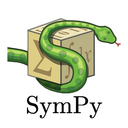
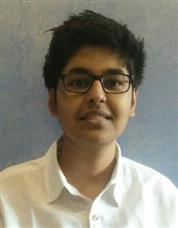
Shikhar Jaiswal is a first year student at Indian Institute of Technology Patna, originally from New Delhi, India. This is his first time participating in GSoC.
What motivated you to apply for GSoC with SymPy?
I was introduced to SymEngine in the month of October 2016. At that time, I was looking forward to contributing to certain math-related projects to help in improving my skills in Software Development and raising my awareness on different domains of Mathematics. The idea that SymEngine could be used for speeding up SymPy’s computations deeply interested me, and the constant support from the community motivated me to apply for GSoC.
What are your career goals, and how do you see the GSoC program moving you towards them?
The best thing about Open Source is that your entire work is available for the general public to view. As such, it clearly adds credibility to your profile. I wish to undertake research-oriented projects related to symbolic manipulation in the future, and as such, my current GSoC project is a perfect fit as a starting goal of my career.
Follow along with Shikhar’s progress on “Improving SymEngine’s Python Wrappers and SymPy-SymEngine Integration” at their GSoC blog.
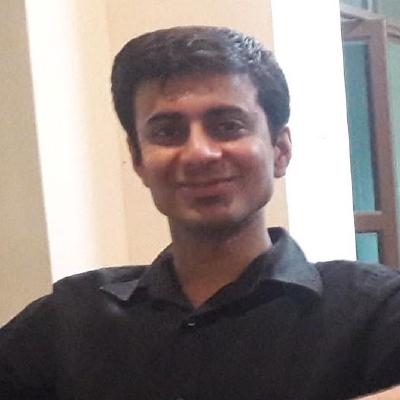
Gaurav Dhingra is a 4th year student at Indian Institute of Technology Roorkee and is from India. This is his second time participating in GSoC.
What motivated you to apply for GSoC with SymPy?
1. I am a mathematics major with some interest in programming and SymPy involves the use of mathematics as well as programming, that got me hooked about 2 years ago.
2. Also the involvement with SymPy community gives you contact to people involved in academia as well as in industry, which is worth having.
3. I found the topic of “”symbolic integration”” interesting enough so I could spend my time learning some new mathematics.
What are your career goals, and how do you see the GSoC program moving you towards them?
Symbolic integration involves the use of core mathematics subject on which I am hoping to do my dissertation (thesis) in my final year. This project will give me exposure to the mathematics I should know.
Follow along with Gaurav’s progress on “Symbolic Integration” at his GSoC blog.

Björn Dahlgren is a 5th year PhD student at KTH Royal Institute of Technology, originally from Stockholm, Sweden. This is his first time participating in GSoC.
What motivated you to apply for GSoC with SymPy?
I’ve been wanting to work on improving the code-generation capabilities of SymPy for quite a while. However, I haven’t been able to find the time to do this as it is not central to my PhD work. GSoC gives me the chance to devote considerable time to this end.
What are your career goals, and how do you see the GSoC program moving you towards them?
During my PhD studies I’ve really come to enjoy using scientific computing to address scientific research problems. I hope to continue working in this intersection in the future, either in academia or industry.
Follow along with Björn’s progress on “Improved code-generation facilities” at his GSoC blog.
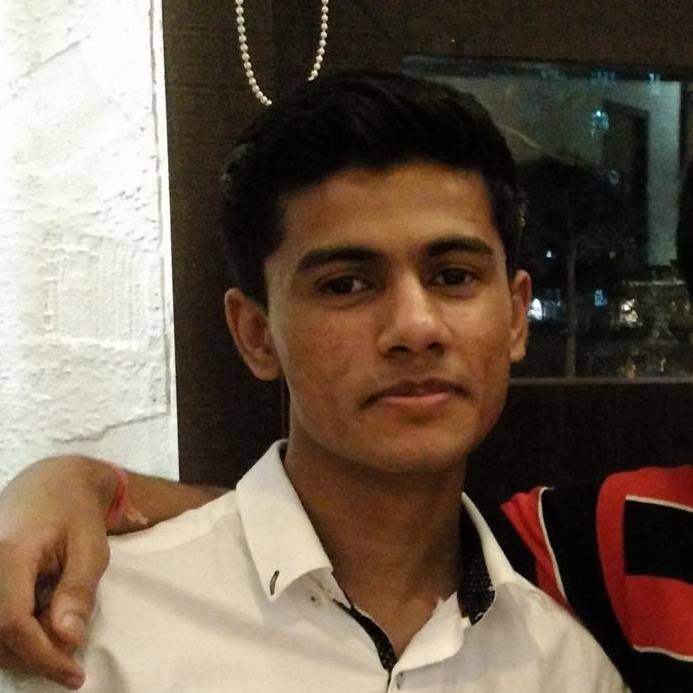
Arihant Parsoya is a 2nd year student at Indian Institute of Technology Bombay, originally from Mumbai. This is his first time participating in GSoC.
What motivated you to apply for GSoC with SymPy?
I liked the idea of Rule based integration(Rubi) for its simplicity. Rubi can be very helpful for CAS since it frees developers from worrying about trivial problems and focus on harder integration problems. Rubi performs better than most CAS integration systems hence adding Rubi to SymPy will significantly improve SymPy’s integration speed and capabilities.
What are your career goals, and how do you see the GSoC program moving you towards them?
I plan to pursue my career in Human Computer Interaction. This GSoC project will help me improve myself as a programmer and give me experience of working on real world problems.
Follow along with Arihant’s progress on “Rule Based Integration Module for SymPy” at his GSoC blog.

Arif Ahmed is a 3rd year student at BITS Pilani Goa Campus, originally from Kolkata. This is his first time participating in GSoC.
What motivated you to apply for GSoC with SymPy?
1. I wanted to do something in Mathematics.
2. Reputed organization with a helpful community.
3. Projects with this organization have a good impact (since SymPy is used by many people).
What are your career goals, and how do you see the GSoC program moving you towards them?
Research in Scientific Computing. My project involves writing a module that will be used by a certain section of the scientific community and hence will give valuable experience.
Follow along with Arif’s progress on “Implementing a SymPy module for Integration of Homogeneous functions over Polytopes” at his GSoC blog.
Abdullah Javed Nesar is a 3rd year student at Indian Institute of Technology, Kharagpur, originally from Jamshedpur, Jharkhand. This is his first time participating in GSoC.
What motivated you to apply for GSoC with SymPy?
There were lots of performance issues in SymPy’s Integration module and RUBI is the best way to handle all. Implementing RUBI into SymPy was a challenging task until we were exposed to MatchPy, thanks to their developer(s) who thought MatchPy was fit to handle this project adding to it’s feasibility.
What are your career goals, and how do you see the GSoC program moving you towards them?
I’d like to continue contributing and working with SymPy it will always help me improve as it has helped me till now which will some way or the other always help me ahead.
Follow along with Abdullah’s progress on “Rubi Integrator” at his GSoC blog.
Valeriia Gladkova is a 2nd year student at Oxford University, originally from Novomoskovsk in Russia. This is their first time participating in GSoC.
What motivated you to apply for GSoC with SymPy?
I wanted to do GSoC because I like programming and I don’t get much opportunity to do it as part of my course, plus I’ve been thinking about getting into open source for a while but was unsure where to start. I study mathematics so ideally I wanted a mathematical project, and pure mathematics would be even better. Then I found SymPy in the list of past GSoC organisations, looked it up and it sounded just right.
What are your career goals, and how do you see the GSoC program moving you towards them?
I’m thinking of doing research in theoretical computer science or some form of algorithmic maths or just pure maths (indeed, maybe in group theory which is the nature of my project for SymPy), or if I decide to get a non-research job, it’ll be software developing. Either way, having experience of mathematical programming should be useful.
Follow along with Valeriia’s progress on “Group Theory: Subgroups, Homomorphisms and Presentations” at their GSoC blog.
Adha Ranjith Kumar is a 2nd year student at Indian Institute of Technology Kharagpur, originally from Adilabad, India. This is his first time participating in GSoC.
What motivated you to apply for GSoC with SymPy?
My passion for computer science and mathematics and experiences shared by seniors of my college who earlier worked with this project motivated me to do GSoC with SymPy.
What are your career goals, and how do you see the GSoC program moving you towards them?
I want to contribute to OpenSource projects which are helpful to a large scale of people.
Follow along with Adha’s progress on “Implementing Solvers for SymEngine” at his GSoC blog.

Szymon Mieszczak is a 2nd year student at Adam Mickiewicz University in Poznan, originally from Wilków. This is his first time participating in GSoC.
What motivated you to apply for GSoC with SymPy?
Mainly my friend who is involved in Open Source.
What are your career goals, and how do you see the GSoC program moving you towards them?
I would like to be a better programmer. Doing my project definitely brings me to my goal.
Follow along with Szymon’s progress on “Implementation of multiple types of coordinate systems for vectors” at his GSoC blog.
UPDATE: Read Part 2 of the GSoC blog series here.

